Issue 1: Beginnings
A quarterly conversation about process and craft with authors Anna-Marie McLemore, Emily X.R. Pan, Anica Mrose Rissi, Sara Ryan, and Nova Ren Suma.
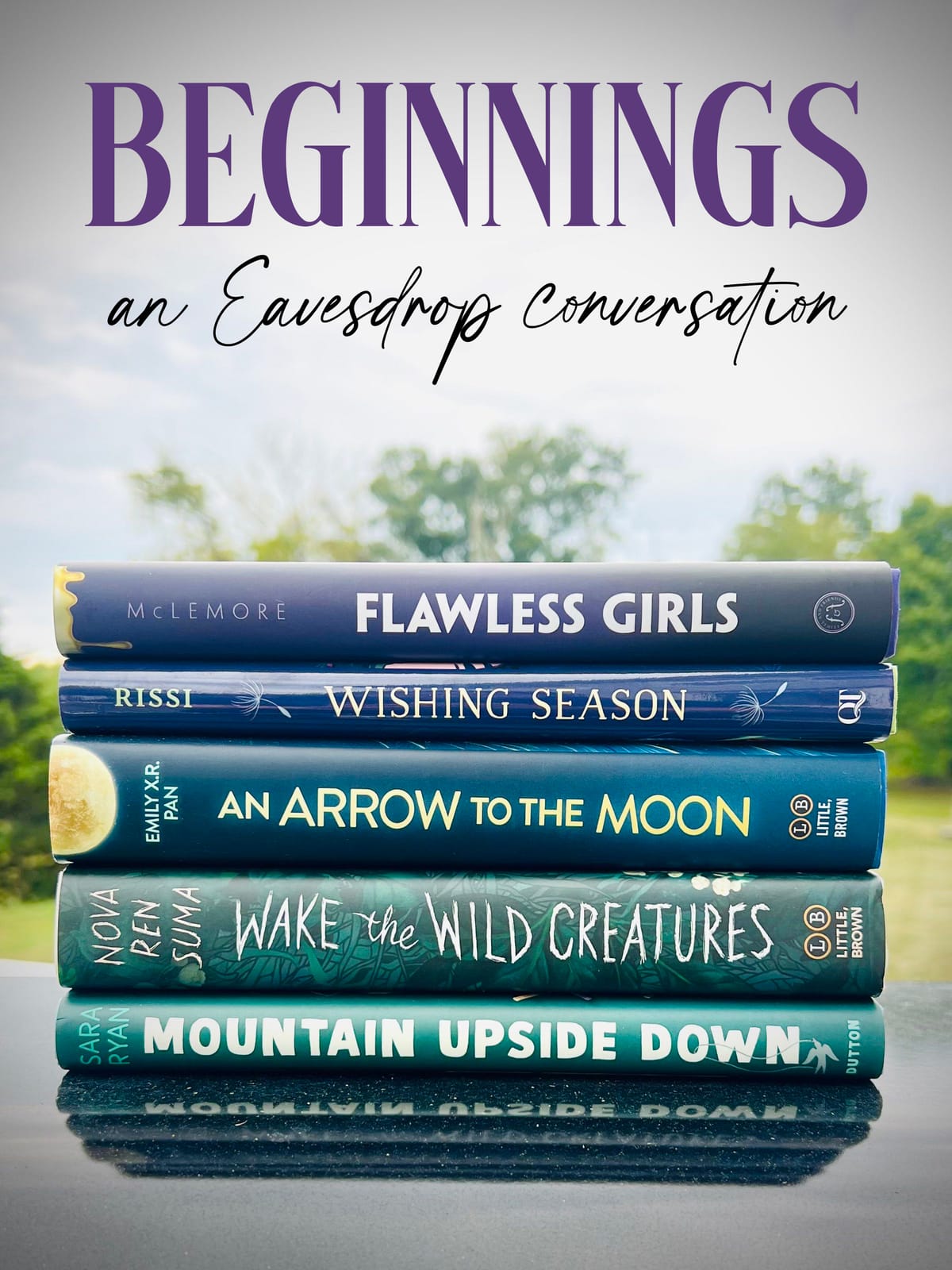
Welcome to The Eavesdrop, with Anna-Marie McLemore, Emily X.R. Pan, Anica Mrose Rissi, Sara Ryan, and Nova Ren Suma. In this issue, we’re discussing beginnings. (And don’t miss this season’s extras—including a five-book giveaway!—at the end.)
Pull up a chair. We’re glad you’re here.
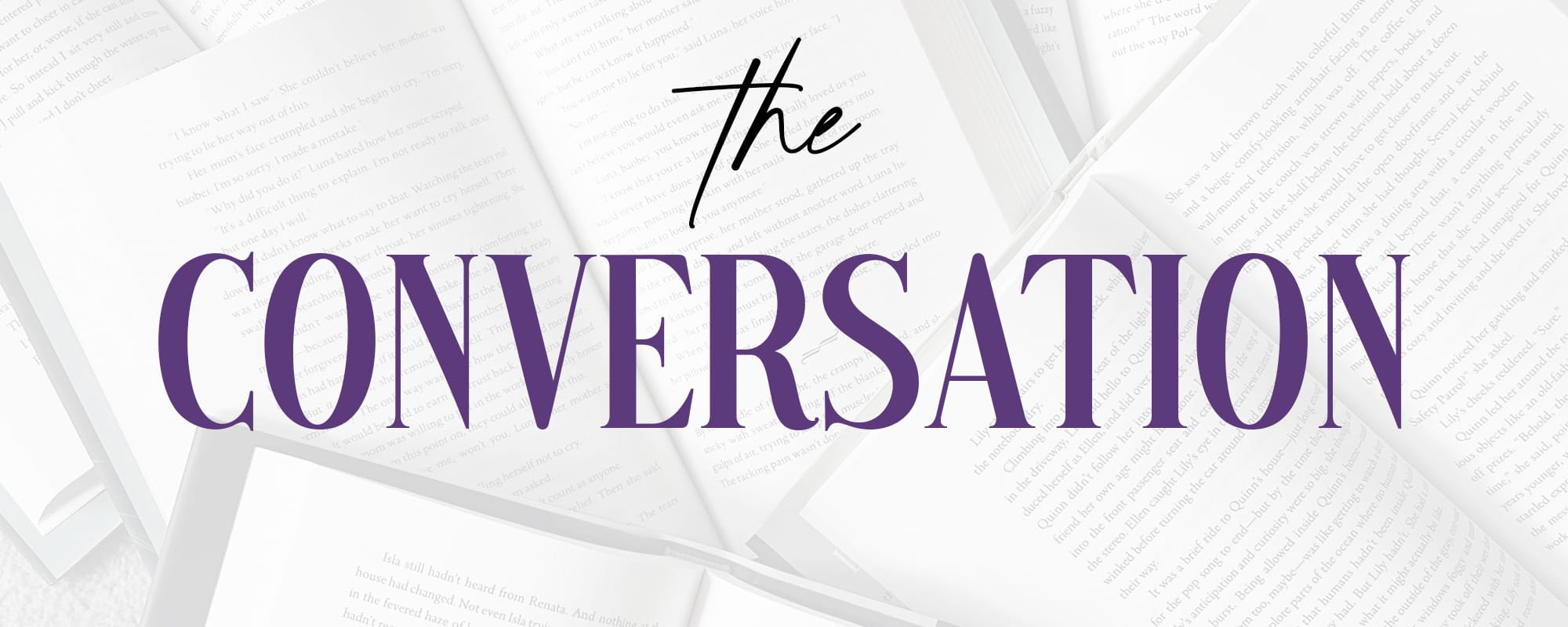
Emily: Happy autumnal equinox! The fall will forever mean back-to-school season for me, even if I haven’t been in school in over a decade. It also feels like the perfect time to talk about beginnings—a particularly apt topic since this is also the first of our quarterly conversations. I’m thinking about this question a lot: How and when do you start writing a brand new novel?
Anica: Whew. The how of this is exactly what I’m trying to figure out as I get serious about drafting a new project I’ve been thinking about for months but haven’t actually started because I don’t yet know how to write it. It isn’t unusual for me to think about a book for literal years before I sit down to draft (years during which I collect and jot possibilities—snippets of dialogue; pieces of the plot; notes on characters, mood, and setting; small moments or ideas that, at this stage, I have no way of knowing how or if they will fit with the whole, but it feels like they might possibly, eventually belong…), but I’m reaching the stage with this one where it’s starting to feel like the thinking (a necessary part of my process!) is morphing from useful exploration into straight-up procrastination—which usually means it’s time for me to write. But I know exactly why I’m procrastinating: Because I’m afraid that I can’t and won’t be able to pull this book off. Tell me I’m not alone in this fear at the beginning of a new draft? How do the rest of you decide when it’s time to stop brainstorming and start writing?
Sara: I think of myself (and we’ll leave aside for the moment whether this self-assessment is accurate!) as someone who simply doesn’t get very many novel-length ideas, so when one comes along I grab hold of it like a tenacious terrier. My approach looks different depending on the nature of the idea, but my overall process of gradually accreting material is actually pretty similar to yours, Anica. And maybe in part because I write graphic lit (aka comics) as well as prose, I do a fair amount of sourcing & saving visual reference; for example, when I was writing the script for Bad Houses, which is about, among other things, a boy who helps his mom run estate sales who falls for a girl whose mom is a hoarder, I took a lot of photos at estate sales. For the book I’m working on now, a historical YA set in 1930s New York City, I’m saving everything from 30s ads (for clothes, shoes, cigarettes because basically everyone smoked) to photos of building exteriors & interiors, to excerpts from tabloids, plus anything I can find related to queer life. My fear doesn’t usually come at the very beginning of the project, because I’m so excited about the idea that the excitement outweighs everything else; it comes when I’m terrified that I can’t pull off what I’ve already committed to doing. As for when to stop brainstorming & start writing: with this project, I dunno, I’m cheating?? Because I’ve started drafting but I’m also still brainstorming; I’m switching back and forth between the two, and I imagine that eventually the brainstorming piece will recede but so far it hasn’t.
Emily: What you said about being terrified you can’t pull off what you’ve committed to really resonates—that’s when the fear is the worst for me, too. At the beginning of a project I’m still experiencing Shiny New Object Syndrome because I haven’t yet had the chance to run into obstacles or fall short of my vision. I’ve often described my ideation process as being the moment when two pieces of wreckage—in the vast ocean of things my brain has collected—collide and spark something fresh and interesting. When that occurs I tend to hurry quickly into the process of starting the story, because I have tremendous anxiety if I sit on it too long without any words written. I’m constantly repeating “once begun is half done” to myself because what I’m most afraid of is the blank page, and as soon as I have some words down, the whole thing feels so much more manageable. So I have many, many snippets of novel beginnings that have arrived this way…and then it becomes a question of which story I’m committing to at the moment.
A-M: When you talk about the vast ocean of things in your brain, I deeply relate. That spark is often two (or a few) things coming together so that I see them all in a new light. Emily, while you find you work best jumping into the writing, I tend toward the collecting approach Anica and Sara talk about—assembling possibilities for this story, drawing together research elements. I need to know what the world of this story feels like, what the colors and textures and scents are. Once I have a strong sense of that, it’s usually time to start the writing.
Nova: I love musing about beginnings… but actually starting the work of them is more daunting. I’ve been carrying around a few unwritten novels in the far-back reaches of my mind for years. They bob around in the dark, little glimmers emerging every so often to remind me that they exist, then back to the shadows again. I hope I live long enough to write all of them, but at the same time it almost feels like they’ve already been written… that’s how inevitable they are. And in that way, nothing feels brand-new because I’ve been living with these stories and places and people for so long. But lately I’m doing something unheard of (for me): I’m holding on to two new novels at once, finding the beginnings for both. The first one is under contract, and it stemmed from a short story I was working on and never finished. I think I never finished it because it wanted to become a novel. The second novel feels more slippery. No one needs it or wants it. I can’t even talk about it too much. It’s one of those novels that has lived for such a long time in the dark of my mind. I’ve had the idea and the working title for years now, but I first really started setting words down on the page when I was away with one of you (Emily!) for a writing retreat at Highlights about a year ago. There was something about being there, the physical escape from my ordinary existence, that gave me the opening I needed. Anica, I think I may have had the fear you speak of until I cocooned myself in a place where I felt safe enough to face it.
Anica: That’s what I need right now, I think: the cocoon. When I’m collecting ideas and thinking about a new project, I do so while walking around in the world, letting everything else in. (Inspiration! Research! Other voices!) And there’s a point in drafting, once things get going, where I can—or even need to—do the same. But hearing you say that, Nova, I suddenly recognize, looking back at past starts, that for the very beginning (of drafting, not of thinking—it sounds, Emily, like you combine the two, which seems wonderful for your brain and terrible for mine, since I’m a completionist and the idea of leaving multiple unfinished beginnings in my wake physically hurts me), I need to find a way to be alone with the idea, to carve out mental and physical space for just it and me as we begin. With some of my books, that has meant turning to the work first thing in the morning to get in an hour of writing before I’ve done or thought about anything else. (I keep my clock radio tuned to static for just these purposes: to let my brain wake up and wander where it will, without the input of music or voices.) With other projects, I’ve been a late night or even mid-afternoon drafter. Each book has its own needs and rhythms, on and off the page, and figuring out the physicality of how to begin feels as important as (but much less daunting than!) preparing my mental approach.
Sara: Anica, I’m struck by “the physicality of how to begin” — it makes me think about writing in longhand, how the tactile quality of pen on paper is so different than typing on a keyboard and how it makes your brain work differently, too.
Anica: Yes!
Nova: Speaking of fears, how do you know for sure that the beginning of a novel is right? Or right enough for now? How long does finding your opening take and what can you do to keep moving? (Can you tell I tend to get stuck at the beginning?)
A-M: For me, the beginning tends to be either virtually unchanged or it’s the last scene I’m rewriting all the way to the end of revisions, so I’m really interested to hear what everyone says for this question. listens intently
Emily: I can’t actually write the rest of the book until the beginning feels solid. It doesn’t have to be set-in-stone, ready-for-copyedits solid, but it has to feel like a sturdy beam for me to stand on in order to start building the rest of the story. So I spend a lot of time—perhaps the longest stretch of time—on getting the opening pages just right. It feels like mixing colors at the start of a painting. If I don’t get the right shades figured out, everything is wrong and I can’t possibly proceed. Because of this, often my beginning is the most refined part of the book and needs the least work in later revisions.
Sara: At my first really formative writing workshop, the instructors often gave this feedback: “The story begins on page three.” That workshop focused on short stories, but I think it applies to novels too: what you might start out thinking of as the beginning of a story is sometimes throat-clearing or world-building or backstory-generating or voice-experimenting, or all of the above, and it’s only after you’ve gotten some amount of story material down on the page that you get a better sense of where and what the beginning actually is. And I’m personally a fan of echoing or calling back to the beginning in the ending…which means I might not really know where the story starts until I’ve finished it.
Anica: I noticed and loved how you pulled off that echo in Mountain Upside Down (which also has one of the sweetest, most satisfying prologues I’ve ever read). And Nova, thank you for the phrase and idea of “right enough for now.” As soon as I finish typing this I’ll be putting that on a sticky note and attaching it to my screen—because I, too, spend an extra-long time on opening chapters, needing them to feel solid and right. But I’m not just building the foundation when I do that. I’m also searching for the questions that will guide me through the middle. Some of those are the same questions the story might spark in the minds of readers. But more important—and sometimes trickier to find or admit to—are the questions entirely personal to me: the essential, underlying, often unanswerable questions I’m exploring in this draft, and which keep tugging me into it even when writing feels tough. The questions that reveal what the story’s really about it, if only to me. I know the beginning is right when it cracks open those questions and sets me on a path toward writing through them. This also means that as I write and the questions shift, elements of the beginning will need revising.
Emily: Yes! I love this idea of whether it cracks open the right questions, Anica! For every novel I’m working on I keep something I call a “love letter to the book”—which often really ends up being more of a bullet-pointed list of all the things about the book that most excite me. I go back to this list on the days that feel hard, when I’m grumpy or full of despair and just feeling like I don’t know how a book is supposed to book. It’s a shorthand way of making me fall in love with the project all over again. Here’s the thing for me—I need to feel the same way looking at the beginning that I feel when I look at that love letter. I’m not saying the beginning encapsulates everything I’m trying to do in the story…but it has to have some of that same sparking energy for me. And it often really does boil down to this: Does the beginning generate the right excitement to propel the rest of the book forward? That’s obviously a practical thing to have for the reader, but it feels absolutely crucial for me to have it as the storymaker.
Nova: Thinking of this as our beginning—the five of us, here at the Eavesdrop—I can tell you that this conversation already has me eager to get back to writing. It also has me asking some compelling questions: Can't I live inside your minds for a while? Could we share a creative cocoon? I can’t wait for next season's conversation.
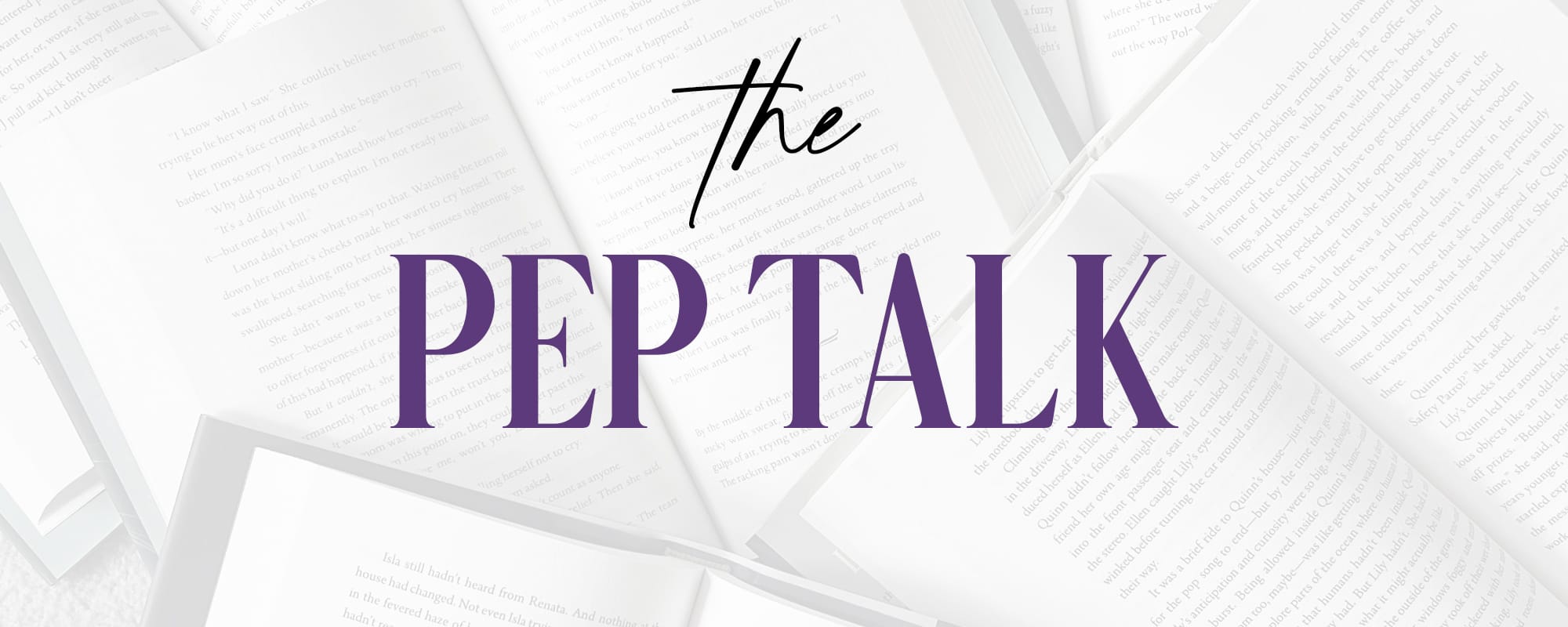
A-M: What Emily called Shiny New Object Syndrome, so many of us know it well. It often comes with a strong feeling that a new idea will have no plot holes, that the writing will unfold seamlessly. And wouldn’t you know it, this idea often waltzes in when you’re in the middle of untangling a plot hole in another project. If you relate, and a new idea is distracting you at the moment, try following that new idea for a little while. Let it lead you down its path. Sometimes you find it’s one you’re supposed to pay attention to right now. Sometimes you’ll expand on it enough to start seeing the obstacles, the potential snags, and that can help put it back in perspective. Either way, you’re taking hold of the noise the Shiny New Object is putting into your brain. You’re deciding whether to turn it up or down.
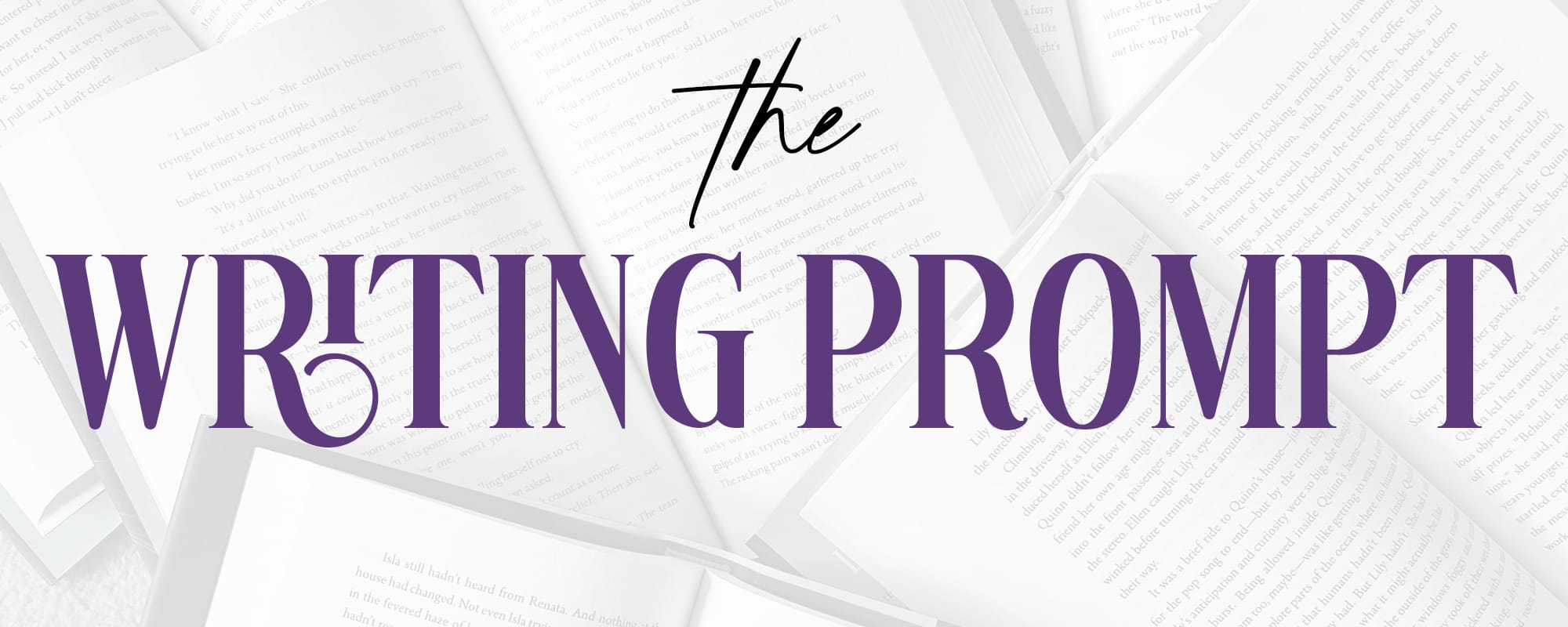
The End Leads to the Beginning
Nova: As I admitted, I have a tendency to get stuck at the beginning of a novel. I circle and circle, sometimes even the same paragraph, and when I look ahead all I see is an endless expanse of blank page. But with my last novel, when I was stuck at the beginning during a big rewrite, I tried something that gave me the momentum I needed to believe I actually could finish. Now it’s become a writing prompt I’ll share with you:
- Let go of your beginning, especially if you’re over-editing, and step away!
- Now take time to brainstorm. Visualize everything you imagine your novel could be in your wildest dreams. Picture the final scene that could be the culmination of this dream. Now leap ahead and write the very last paragraph of the book. Make it amazing. Make it real.
- Pin the last paragraph of your dream novel on your wall. Stare at it as long as you need to (minutes, hours, days, weeks).
- Return to your beginning knowing what’s waiting and write toward that final moment.
What you wrote may not stick as your actual ending, but having it exist as motivation can help make finishing your draft feel that much more possible.
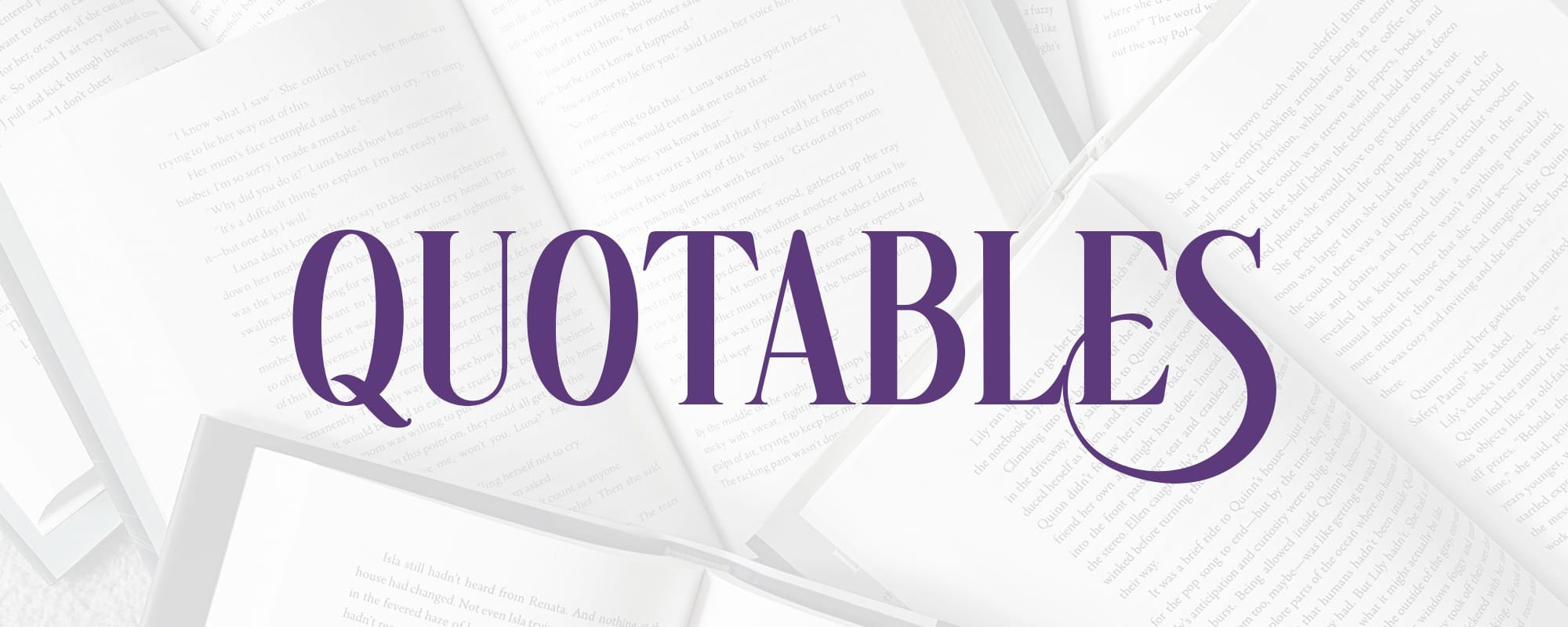
Anica: All this talk about beginnings and we didn’t even touch on first sentences, which are, of course, where the reader begins. I have two favorite quotes about opening lines in my quotes file. (No, I don’t keep an accordion folder filled with things other writers said about writing. It’s a Scrivener doc.) The first is from Edwidge Danticat’s The Art of Death: Writing the Final Story. In it, Danticat writes:
“Opening sentences yank us out of our lives and into other lives. They also carefully set the stage for what’s to come. They are our first opportunity to meet a writer, or character, and decide whether or not we want to spend the next few hours or days with them. They are, as many writers have said, anchors, hooks, handshakes, embraces, pickup lines, promises, and as science fiction writer William Gibson told the Atlantic’s Joe Fassler, ‘something like filing, from a blank of metal, the key for a lock that doesn’t exist yet, in a door that doesn’t yet exist.’”
The second quote is from Allegra Hyde’s LitHub essay “What Makes a Great Opening Line?” in which Hyde writes about “love at first sentence” and posits that “seductive first sentences ground a reader in a situation, while also prompting a question in the reader’s mind that propels them forward in the text.”
“Just as the thrill love at first sight necessitates a degree of mystique, so does a compelling first sentence require certain gaps in information. Something has to remain unanswered, unexplained, unresolved—because therein lies the special chemistry between clarity and curiosity. We need to know enough to wonder more.”
It’s interesting to consider that alongside the discussion of how much we as authors need to know—and what we wonder—as we begin writing.
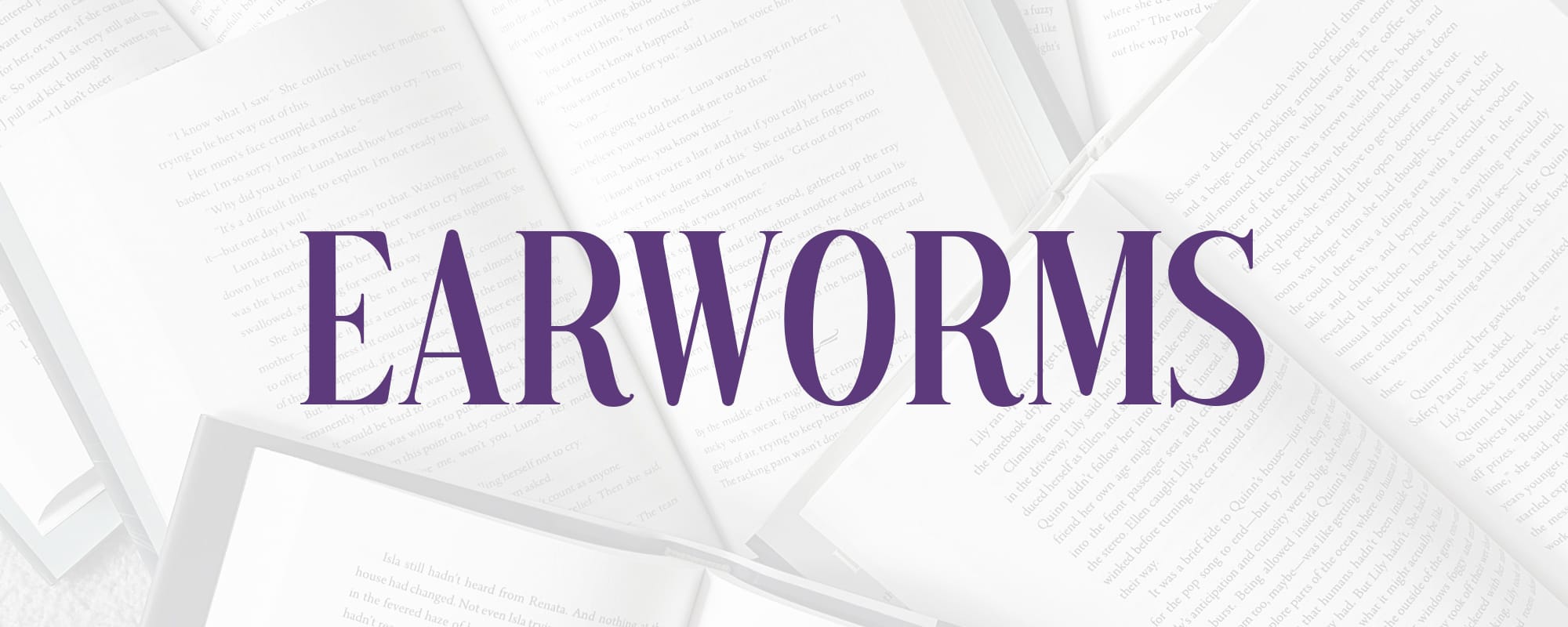
Right now Sara is listening to: Forever Is a Feeling by Lucy Dacus — I love her rich voice & clever lyrics (“Modigliani melancholy got me long in the face”). In the non-music realm, many episodes of the Worlds Beyond Number podcast: great voice acting and improvisation in the context of a narrative-play, audio fiction multiverse.
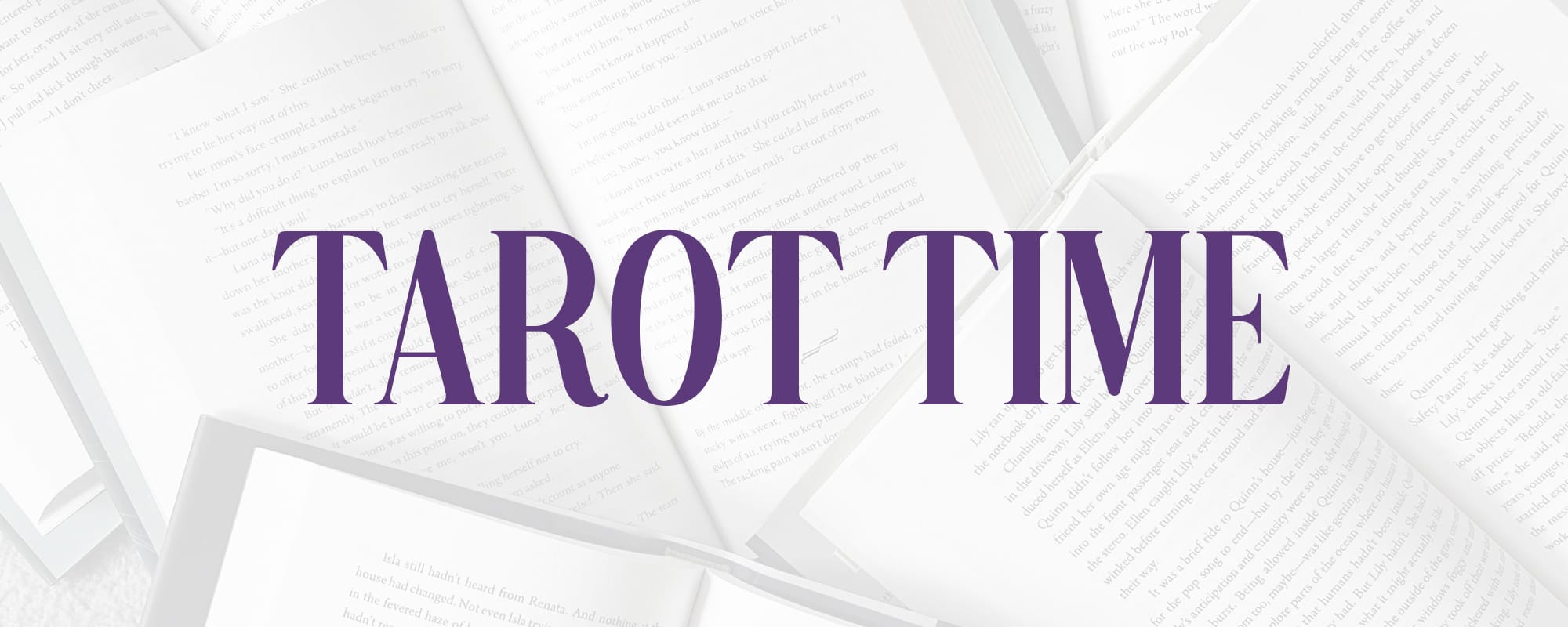
Each quarter Emily will offer a Tarot reading to capture the energy we might carry with us through the season and into the next stage of our projects.
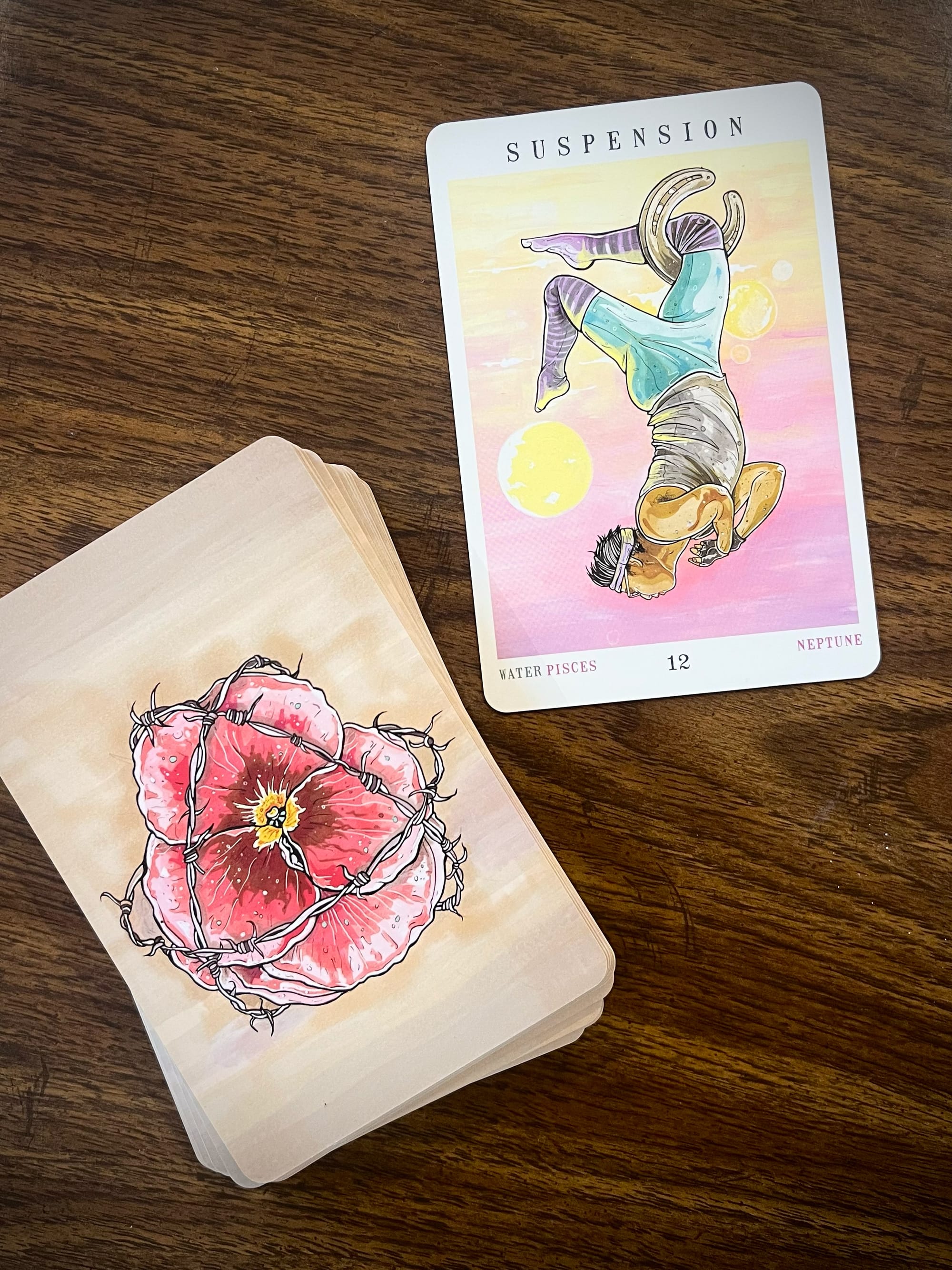
For the autumn equinox I decided to use the Next World Tarot by Cristy C. Road, and I drew "Suspension," which in the iconic Smith-Waite deck would be equivalent to "The Hanged Man."
This is one of my favorite cards! The person inverting is not stuck in place, but in fact hanging upside-down of their own volition. When this image comes up it is often to me an indicator that I need to pause, take a breath, maybe offer myself a new perspective. Create space to think, and look at things from a different angle.
Creatively speaking, are you finding yourself stuck in a scene or plot puzzle, or simply frozen in your process? Are you maybe pushing yourself too hard and getting in your own way? This card invites you to reconsider how you're approaching your work.
What happens if you try a process or method that's foreign to you? You could challenge yourself do the opposite of what you've been doing—for example, outlining a few beats if you've instead always written into the darkness. Or try the "dessert first" tactic of jumping away to a delicious part of your story that you're dying to write, and then returning to the problem section once you've remembered how it feels to have fun. What if you read a difficult snippet out loud to someone new, so they can help you talk through from a fresh angle? Maybe give Nova's writing prompt above a try, and see if that shakes something free.
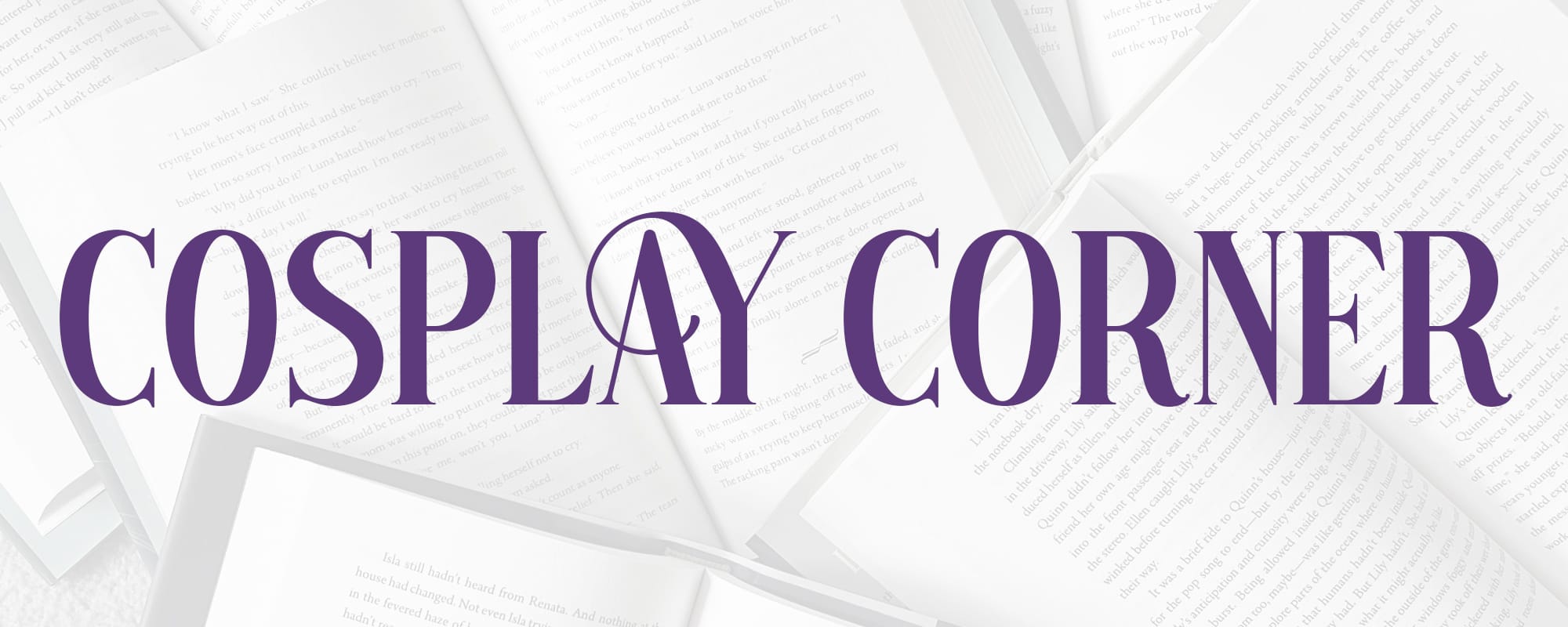
“It’s somewhere you can change your name.”
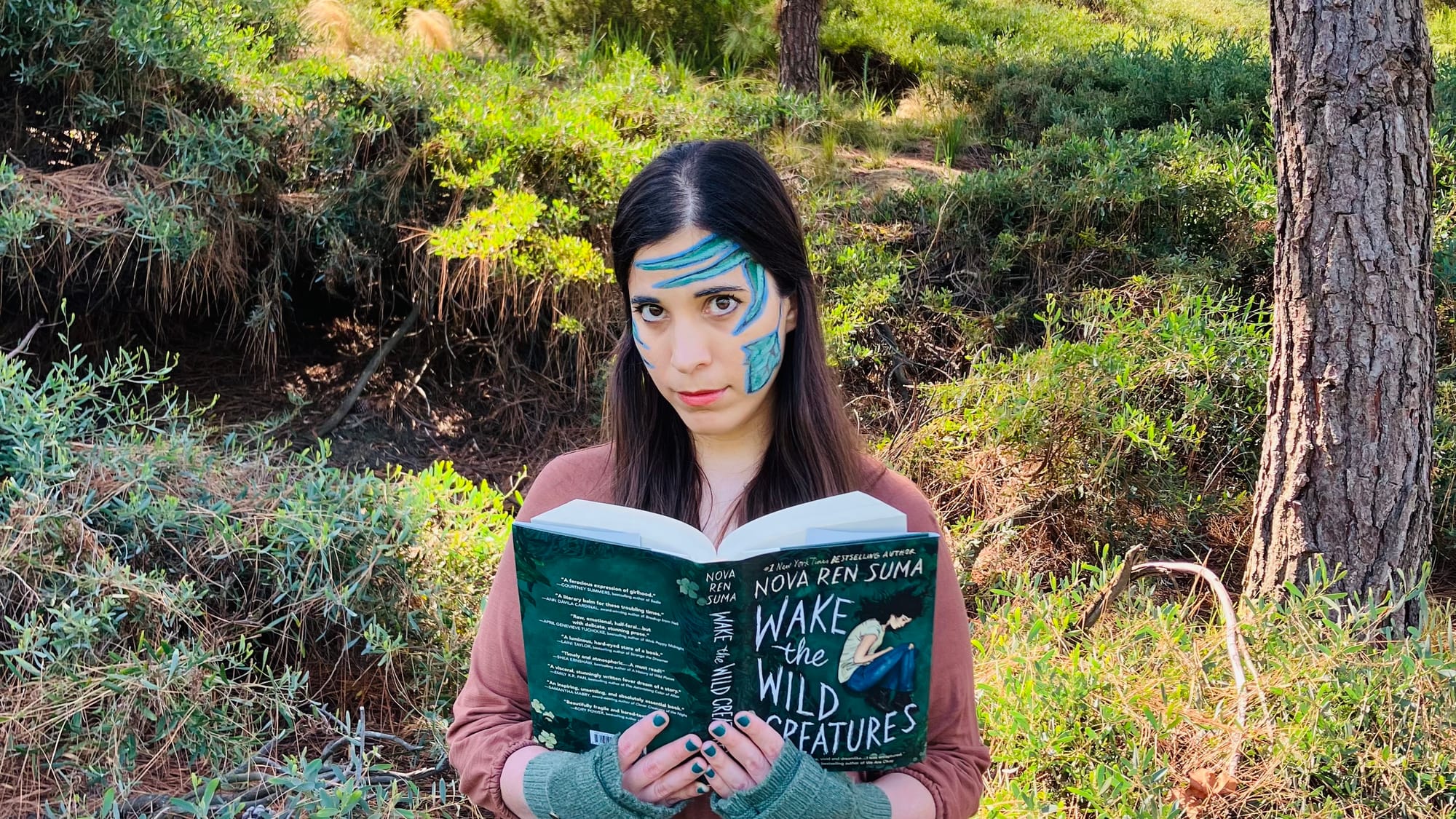
Bienvenidos a Cosplay Corner, where A-M dresses up as a book character or book cover!
“Somewhere you can hide until a new face emerges.”
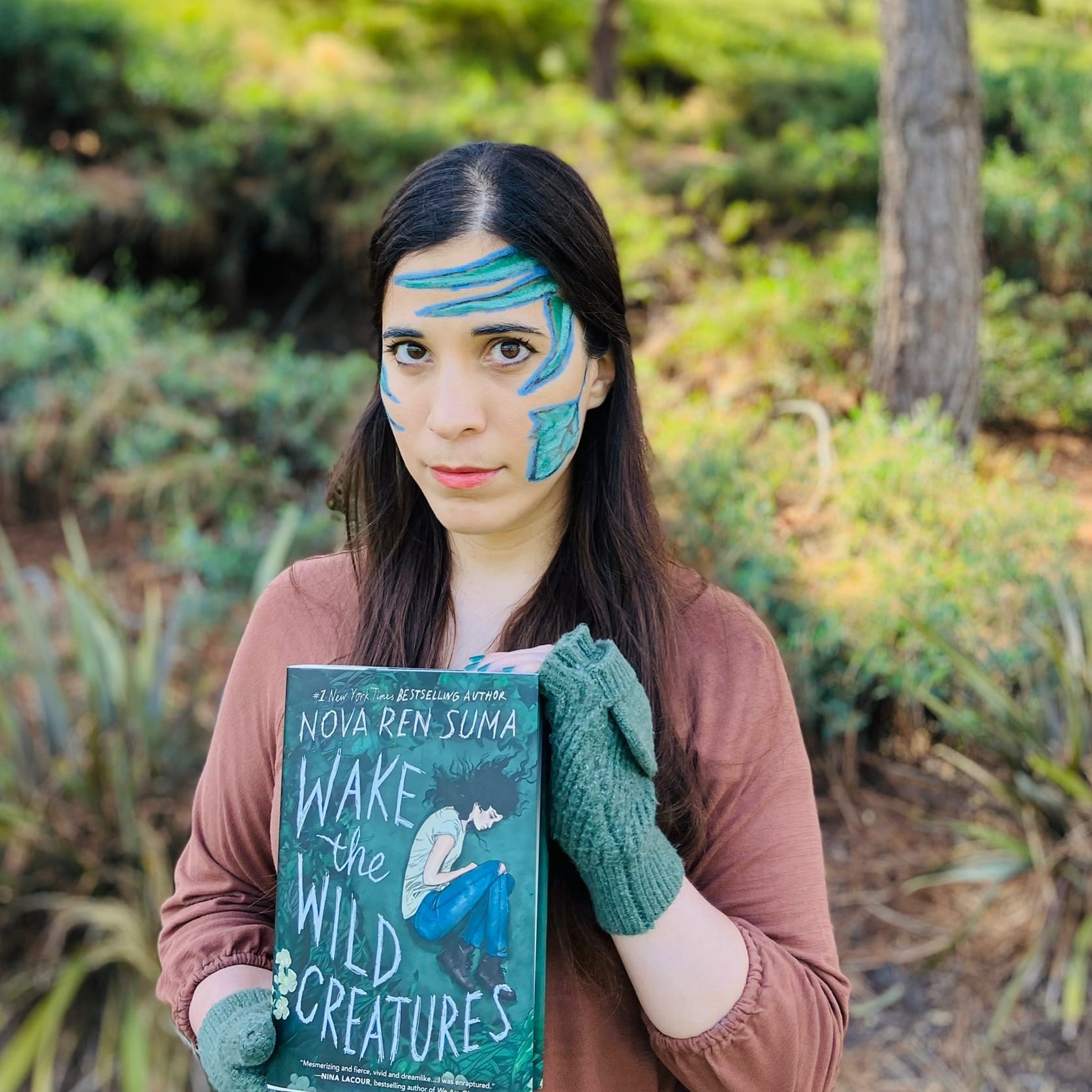
For the debut of The Eavesdrop, I’m here with a tribute to Nova’s latest novel, the gorgeously atmospheric Wake the Wild Creatures.
For this look, I took inspiration from the cover’s palette of moody greens and blues and the beautiful way artist Adele Leyris renders forest foliage in shadow. To create shadows around my leaves, I started with a denim blue base to echo Talia’s jeans, and then layered over different shades of green to paint the ribbony fronds and give definition to the ivy leaf.
(Then I put on mossy green mittens just in case dressing for fall could summon fall weather.)
“Somewhere so high up the mountain it feels like you can touch the sky with your fingers, and I think you can.”
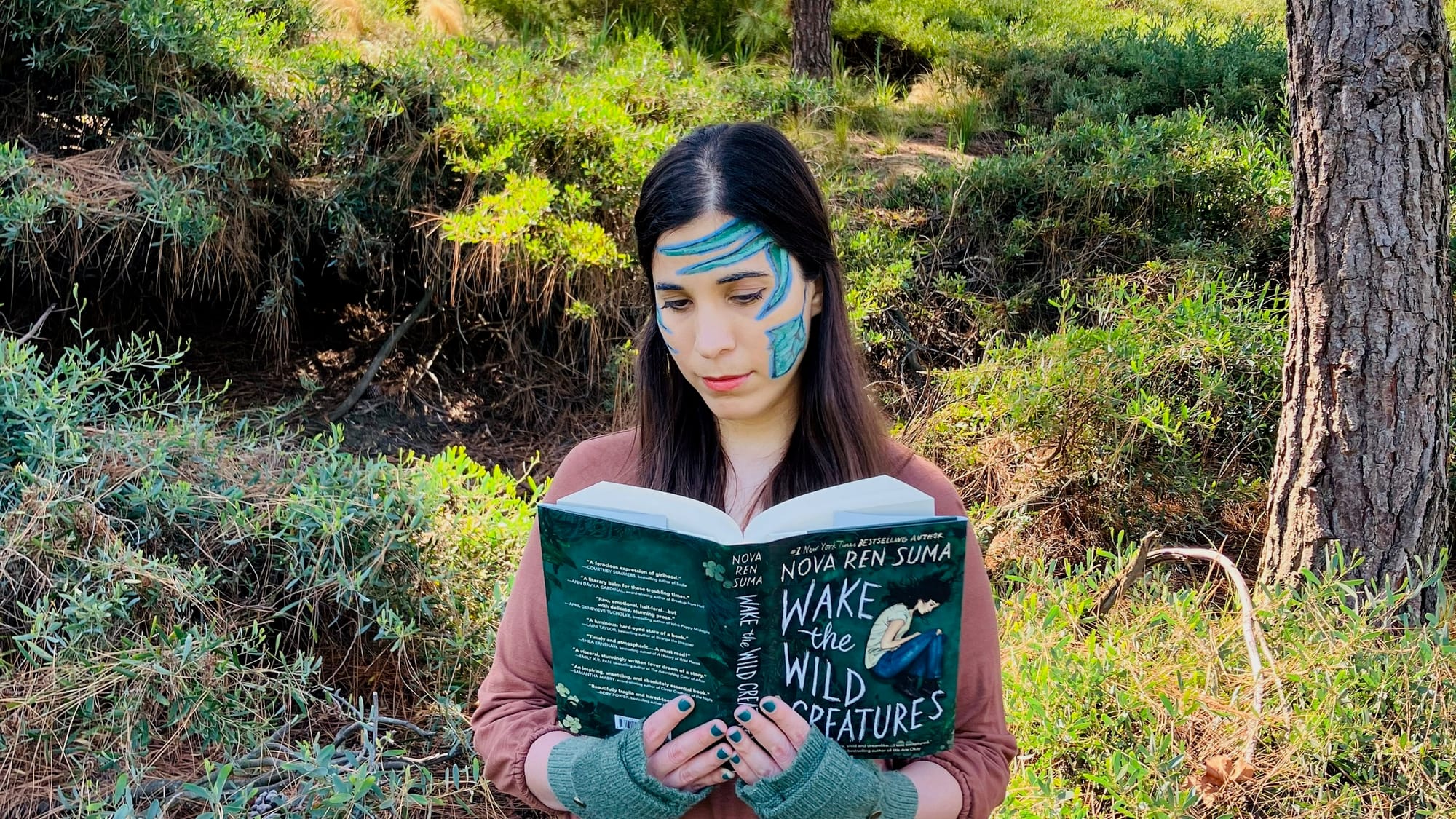
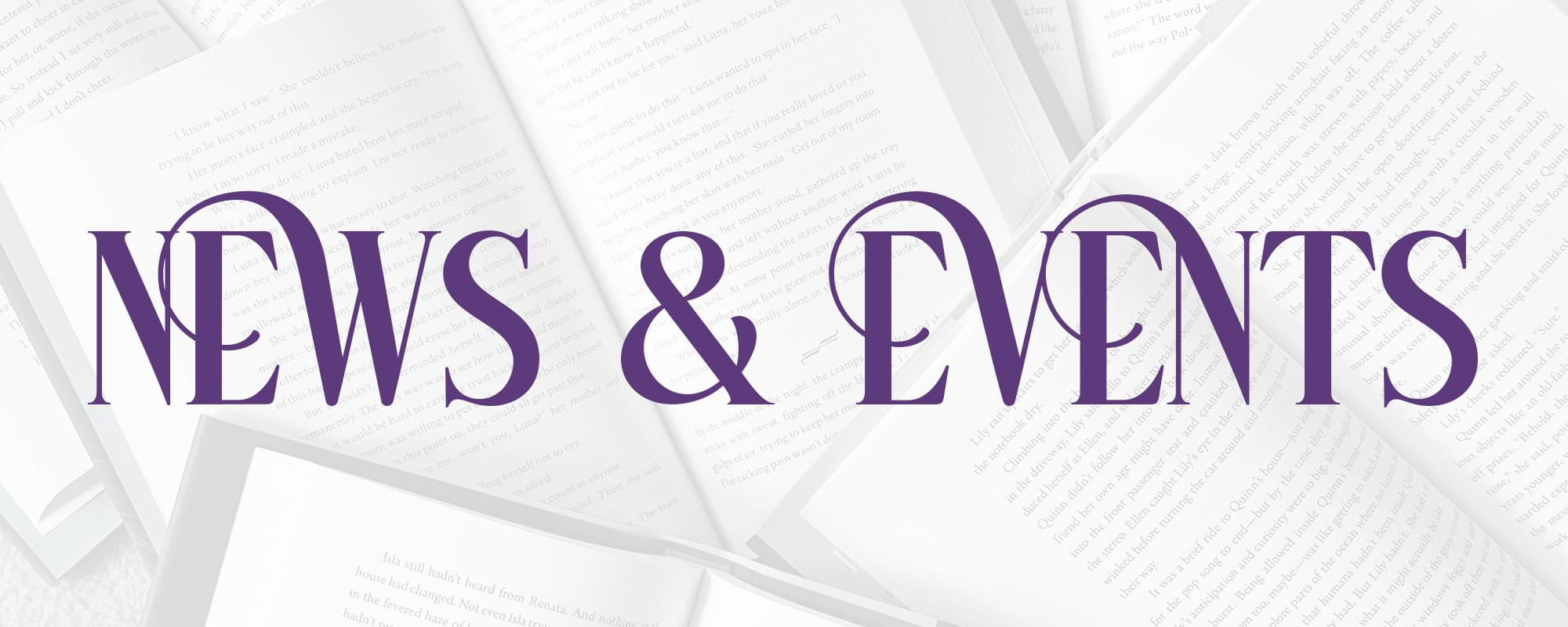
Two of us have forthcoming books whose covers were recently revealed. We’d love for you to preorder!
Anica's Girl Reflected in Knife, which weaves together concepts of fantasy and reality and unravels notions of logic and time, is a portrait of a heartbroken teen who tells a desperate lie and starts to lose track of her own truth. It comes out on April 7, 2026.
In A-M's We Could Be Anyone, a brother-sister con artist team go for the score of their lives at a glamorous Golden Age Hollywood resort. It comes out (pun intended; this book is pretty queer) on May 26, 2026.
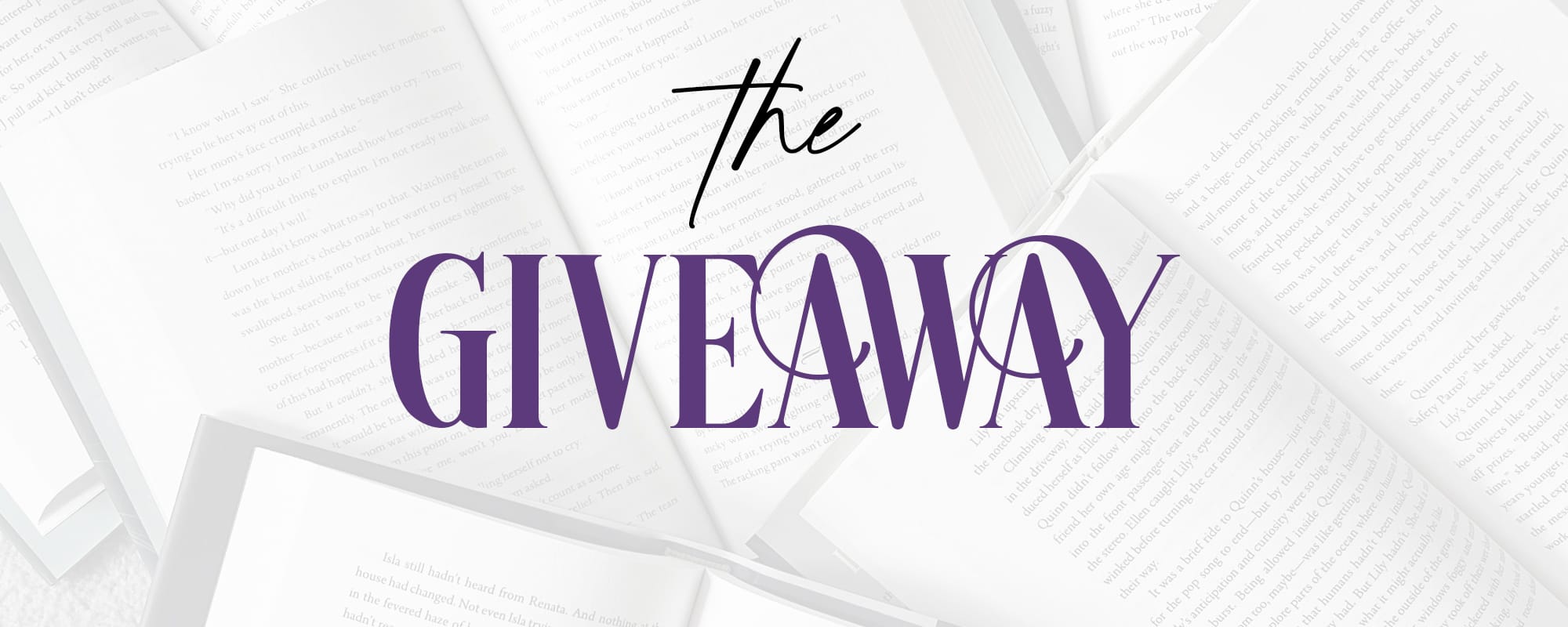
This season’s giveaway features a bundle of signed copies of a book from each one of us! The books are: Flawless Girls by Anna-Marie McLemore, Wishing Season by Anica Mrose Rissi, An Arrow to the Moon by Emily X.R. Pan, Wake the Wild Creatures by Nova Ren Suma, and Mountain Upside Down by Sara Ryan.
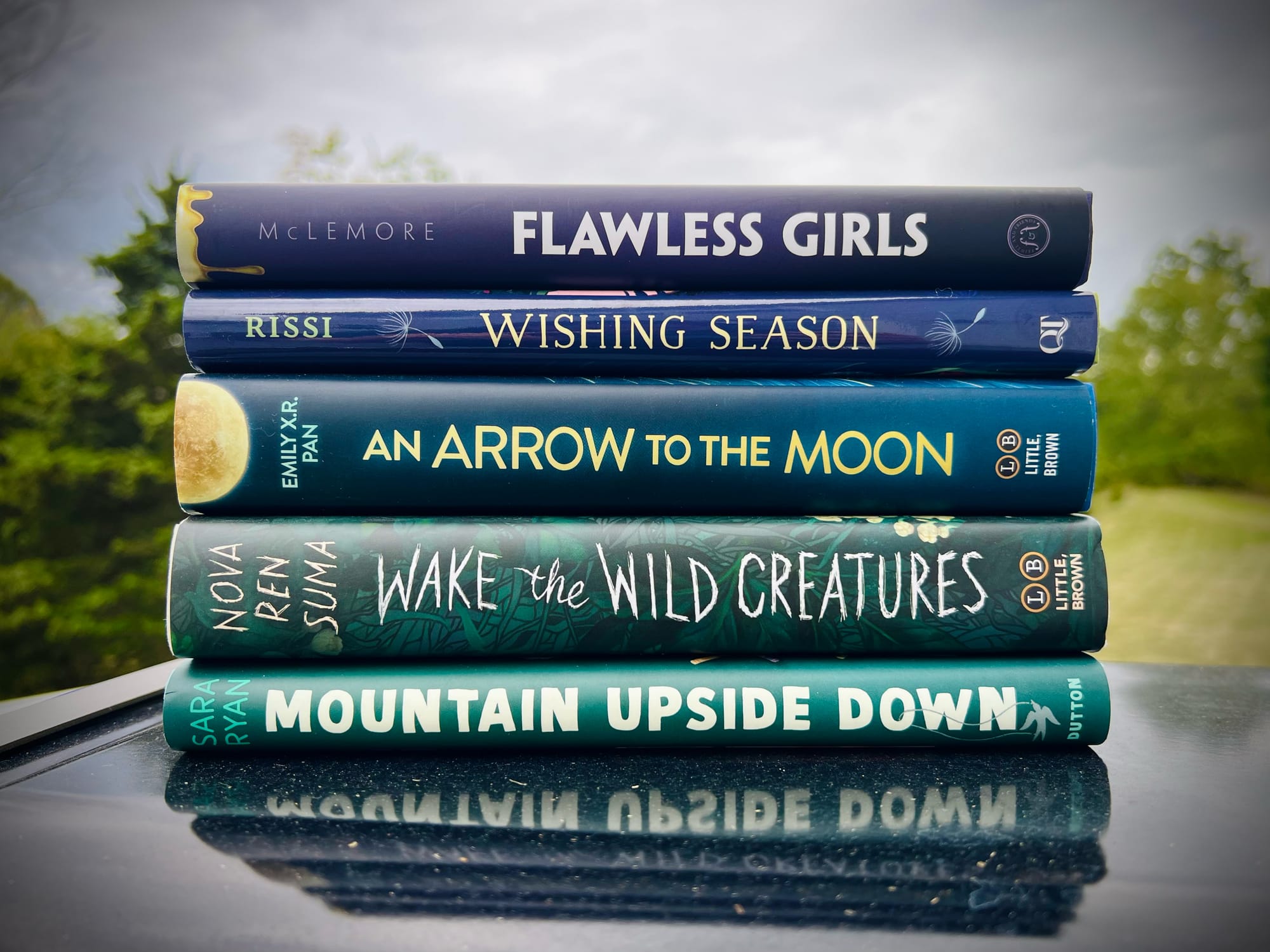
The winner will be randomly selected at the end of October, so subscribe now to be entered to win!
